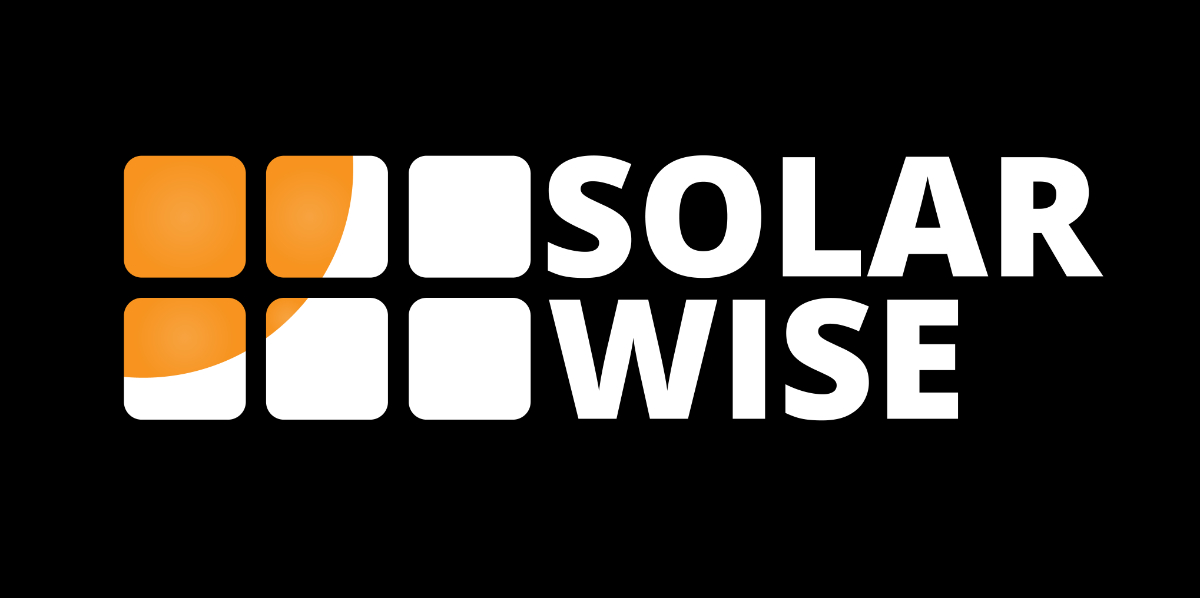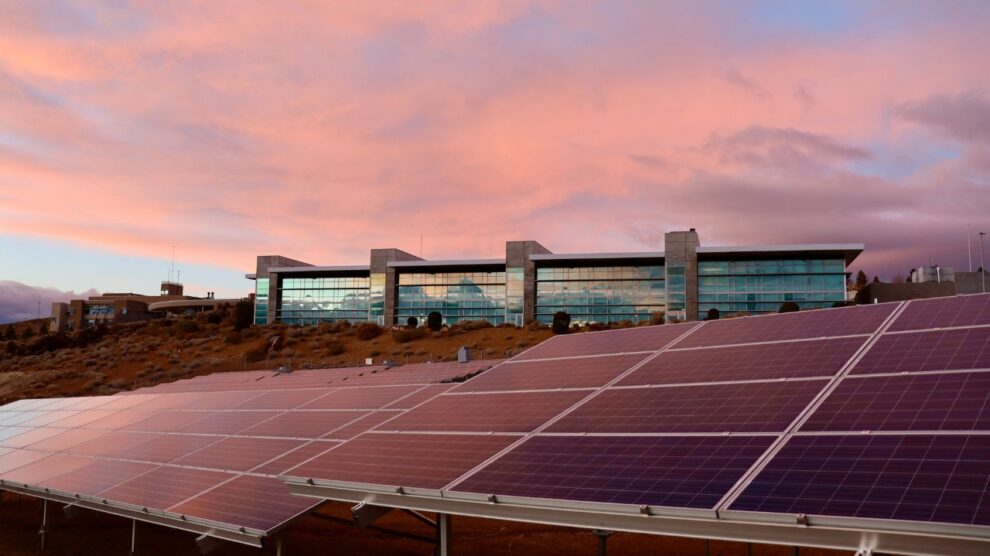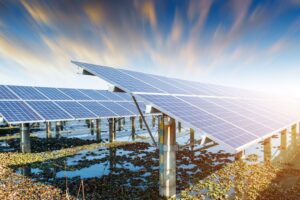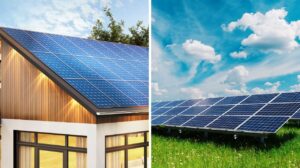Is direct sunlight required for solar panels to produce electricity? Many who are exploring the option of solar energy often wonder about this. The simple answer is that solar panels thrive best with direct sunlight but can still operate with ambient light.
In photovoltaic panels, sunlight is converted into electrical energy by a process called photovoltaic effect. This process sees the solar cells in the panels absorbing light particles, or photons, which initiate an electric flow.
Despite overcast or partially shaded conditions, solar panels can still produce electricity even in overcast or partially shaded conditions. Nevertheless, their efficiency might drop a bit.
Low-light performance of solar panels will vary depending on factors such as panel quality, installation angle, and surrounding conditions. Thus, before using it for your space, you should discuss solar power’s practicality and expected output with a solar expert.
To summarize, even if the sun isn’t shining intensely, solar panels can provide energy, delivering a dependable green energy source even for places that aren’t always sunny.
How Solar Panels Generate Electricity
Solar panels comprise numerous solar cells, predominantly crafted from silicon. Their primary role is to capture sunlight photons and transform them into electric power. The procedure is simple: when sunlight bathes the panels, it jolts the electrons in the silicon. This jolting frees the electrons, and in their movement, they produce an electric current, which we can channel to power various gadgets.
Though solar panels churn out direct current (DC) electricity, our homes and enterprises mainly run on alternating current (AC). To bridge this gap, an apparatus known as an inverter is integrated into the solar system. The inverter’s job is to convert the DC output into AC, making it suitable for powering regular household devices or even getting fed into the broader power grid.
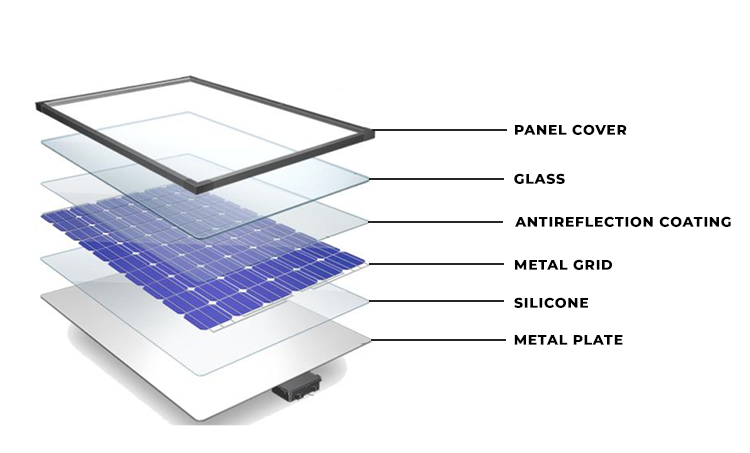
Credit: novergysolar.com
The Sun’s Role in Powering Solar Panels
Undeniably, a sun-soaked day maximizes solar panels’ efficiency. Yet, solar panels aren’t dormant even on days when the sun plays hide and seek. During overcast days, their efficiency decreases, but they still work.
Direct sunlight contains more energy-rich photons compared to diffused or indirect light. Solar panels receive maximum sunlight when the sun is directly overhead, producing higher electricity. In contrast, solar panels receive less sunlight when the sun is low on the horizon or the sky is overcast.
Solar Panels in Indirect Sunlight: Do They Work?
Absolutely! Even when the sun’s direct rays aren’t accessible, solar panels still pull their weight. Though their output might not match a sun-drenched day, they can churn out a commendable amount of electricity from diffused light.
Here’s the fascinating bit: sunlight isn’t just the light we see. It spans a spectrum, enveloping both infrared and ultraviolet wavelengths. Solar panels are engineered to trap and harness these varied light wavelengths, enabling them to produce electricity even when conditions aren’t perfectly sunny persistently.
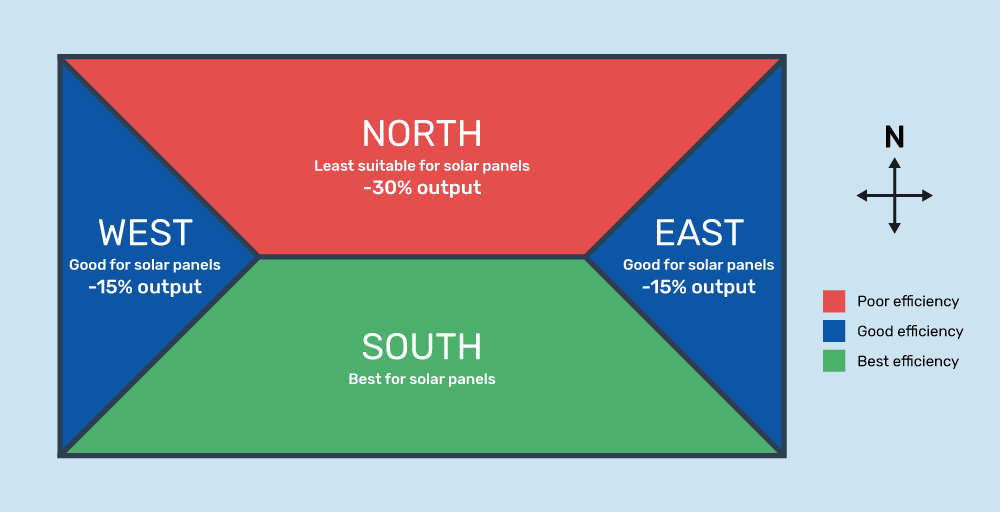
Credit: solarreviews.com
Maximizing solar panel efficiency in low light conditions
While solar panels can indeed operate even when the sun isn’t glaringly bright, a few strategies can be adopted to squeeze the most out of them in sub-optimal lighting. The panel’s caliber is paramount. Superior-grade panels tend to be adept at seizing and utilizing light from a wider spectrum. Hence, even during gloomier days, they can still be impressively productive.
The inclination of the solar panels plays a pivotal role, too. Orienting and angling them such that they catch the maximum sunlight – based on the geographical location’s latitude – can prove beneficial. This angle optimization ensures that they soak up as much sunlight as available, regardless of direct sun exposure. A simple yet often overlooked tactic is to keep the panels spick and span, as dust and debris can hamper their efficiency.
Pondering over solar panel installation in not-so-sunny locales? Several factors should guide your decision. Firstly, gauge the sunlight the region gets annually. This isn’t a rough estimate but is based on solar irradiance figures – a metric detailing the sunlight intensity a location receives.
Local weather trends are equally crucial. A region with overcast skies and prolonged rainy seasons could compromise the panel’s performance. Quality is as important as quantity when it comes to sunlight. The orientation of the panels – both in terms of direction (North, South, East, West) and tilt – should be adjusted to optimize whatever sunlight is available.
Conclusion
In summary, while sunlight intensity is a crucial determinant of solar panel efficiency, with the proper considerations and tweaks, even areas with less-than-ideal sunlight can benefit from solar energy.
Despite popular belief, solar panels are not solely reliant on blinding sunshine to generate electricity. They remain a dependable, green energy alternative, even in regions with sparse sunny days. While it’s undeniable that their peak performance is seen under direct sunlight, they don’t shy away from producing commendable electricity even when the light is ambient or diffused.
Various factors influence the overall efficiency of these panels in dimmer conditions. The panel’s craftsmanship, its positioning relative to the sun, and the environment it’s situated in can make a world of difference. By selecting top-notch panels, ensuring they’re aptly angled, and conducting routine upkeep, one can harness the best of what solar panels offer, irrespective of the brightness of the location.
Solar power is emerging as a frontrunner as we navigate through an era prioritizing sustainable and eco-friendly energy options. Technological strides and growing cognizance about the planet’s well-being further propel its adoption. So, for those contemplating a transition to solar energy – the message is clear: regardless of your geographical sunshine quotient, solar panels can cater reliably to your power demands, epitomizing sustainability and innovation.
